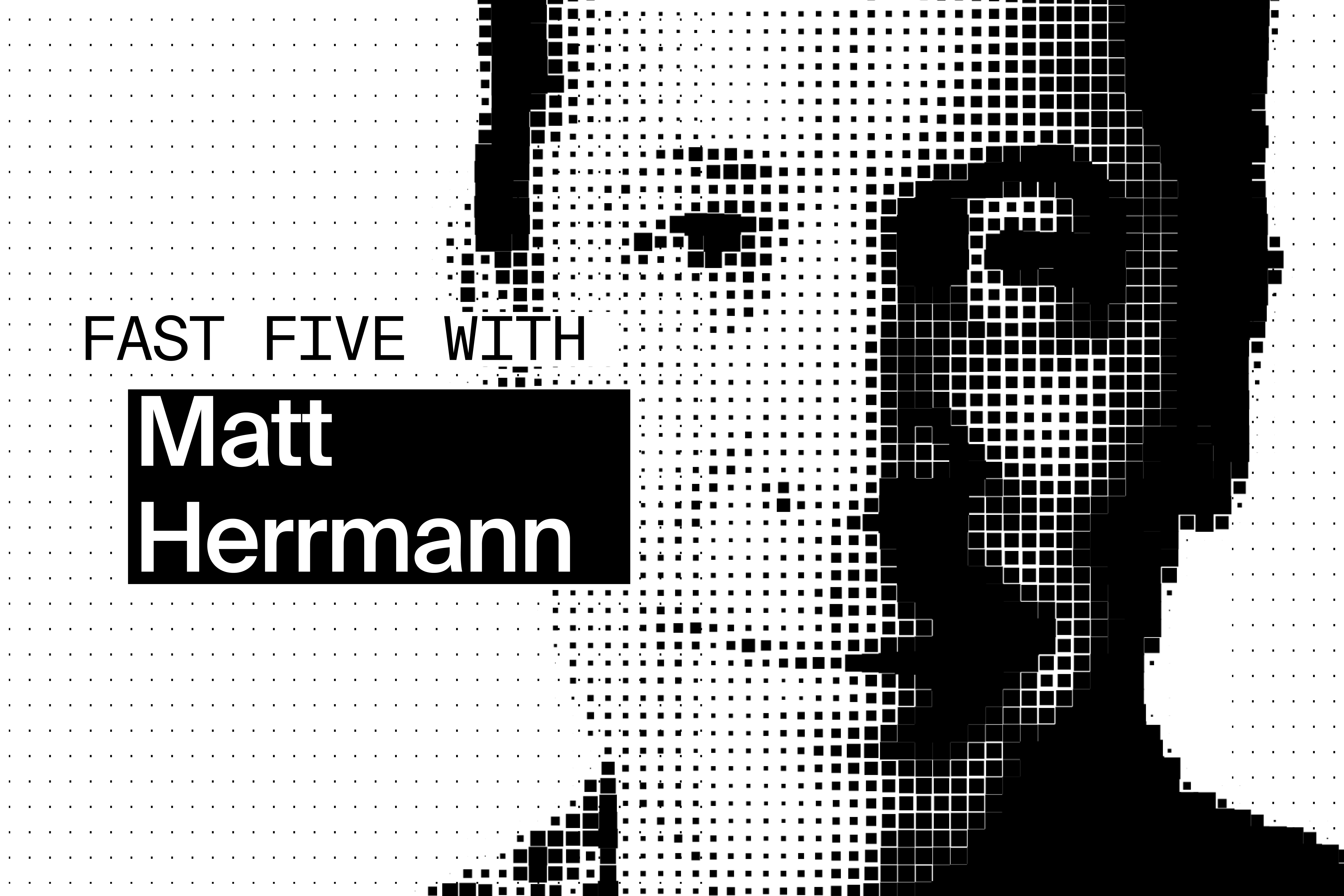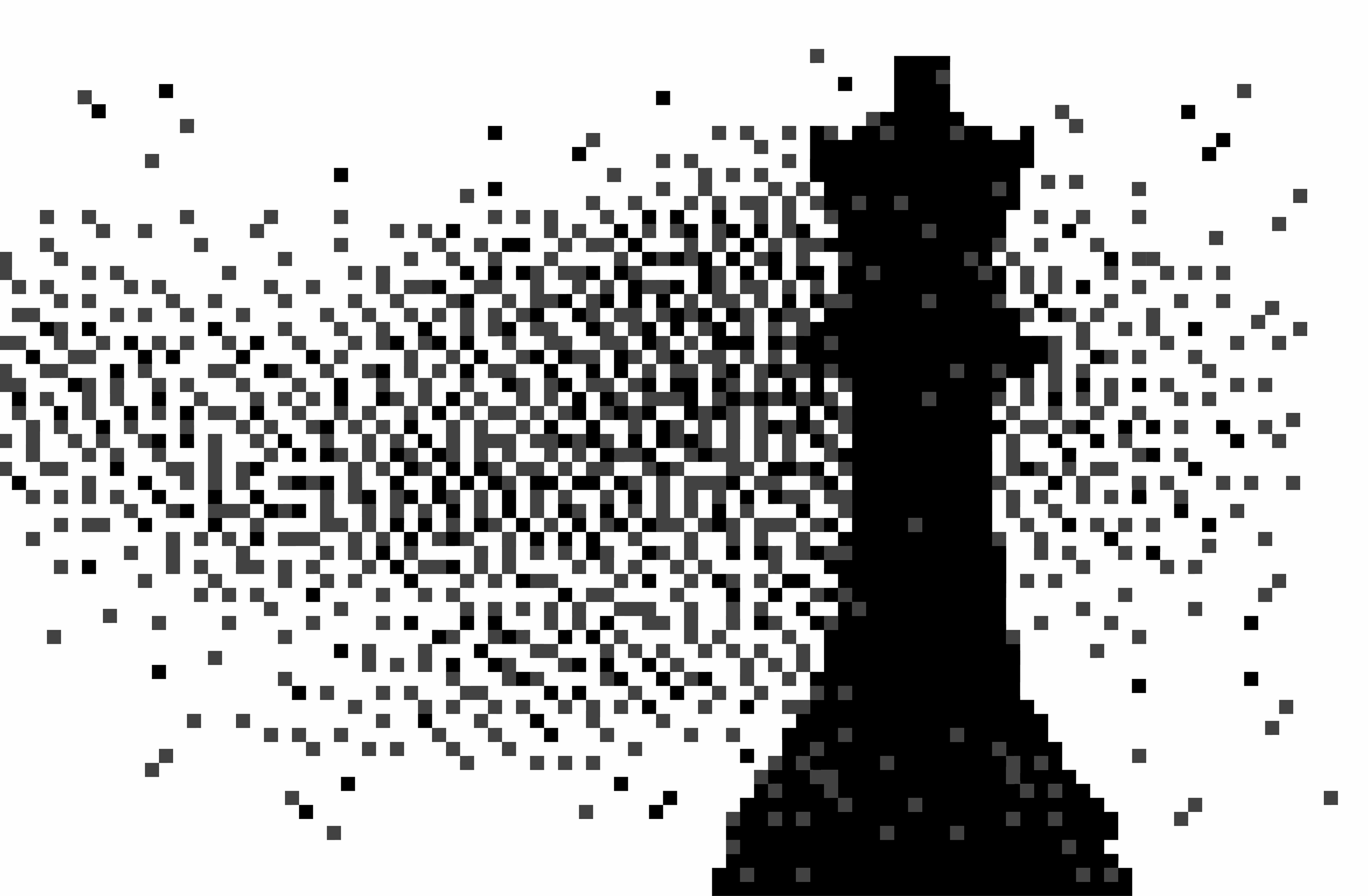How to Use AI for Creativity, Not Conformity
In a world where AI is often used to replicate what's already been done, there's a growing opportunity to flip the script. Instead of settling for sameness, what if we used AI to break boundaries and fuel original thinking? In this post, we’ll explore how we can partner with AI to amplify imagination—not automate conformity.
AI can either be a creative thought starter and brainstorming tool or the world's most boring autopilot. The choice is ours. At Most Contagious New York, Springboards' co-founder and CEO, Pip Bingemann, took the stage to discuss the topic: AI Won’t Steal Your Job, But It Might Steal Our Creativity. Our take is that people shouldn’t be using AI as a tool for answers, but as a source of inspiration. When AI is left to its own devices, it does what it was built to do: serve up the safest, most predictable (boring) answers. That’s good for qualitative research and filling in a spreadsheet. But that’s bad for creativity.
AI Can Lift the Floor… But It Also Lowers the Ceiling
AI certainly makes a lot of things easier. But easy isn’t the same as good. In fact, Pip warns that the more we rely on AI to generate ideas, the more we risk flattening creativity into a neat, predictable algorithm. When AI is trained on the past, it just spits out more of the same. Great if you want “meh” ideas on repeat. Not so great if you want original, boundary-pushing work.
The real danger is not some dystopian, 1984 nightmare where creativity is outlawed. It’s more of a Brave New World scenario where we’re spoon-fed exactly what we think we want until everything turns into an optimised, algorithmic snoozefest.
Why We’re Breaking AI
At Springboards, we refuse to let AI turn creativity into a copy-paste machine. Instead of treating AI like an answer machine, we use it as a possibility machine. Our tools are built to generate unexpected ideas, not just obvious ones. They don’t narrow the options down to a single “best” answer, they explode the possibilities and hand the power back to creatives. Because creativity isn’t about efficiency, it’s about exploration.
AI Shouldn't Tell Us What's Good
AI doesn’t just influence how we create. It’s already shaping what we think is good. Popularity-based algorithms dominate everything—what we listen to, what we watch, and what we read. They push the safest, most crowd-approved content to the top, reinforcing sameness and stifling originality. Pip summed it up perfectly: "Van Gogh sucked in the moment."
Many of history’s greatest artists weren’t appreciated in their time. If AI had been curating their careers, they never would have made it past the algorithmic gatekeepers. We’d have missed out on some of the most groundbreaking work ever created.
Creativity Thrives on What’s Possible, Not What’s Probable
So what’s the move? We train AI differently. We teach it to spark weird, unexpected, and untamed ideas, not just remix the greatest hits of the past. We put the creative humans back in charge. Because AI should be a springboard for creativity, not a shortcut to mediocrity.
If we do this right, AI won’t replace creative people. It’ll supercharge them. It won’t flatten ideas, it’ll stretch them in wild, unexpected directions. And instead of a world full of average, we might just get something truly original.
If you'd like to watch the full video, check it out below:



